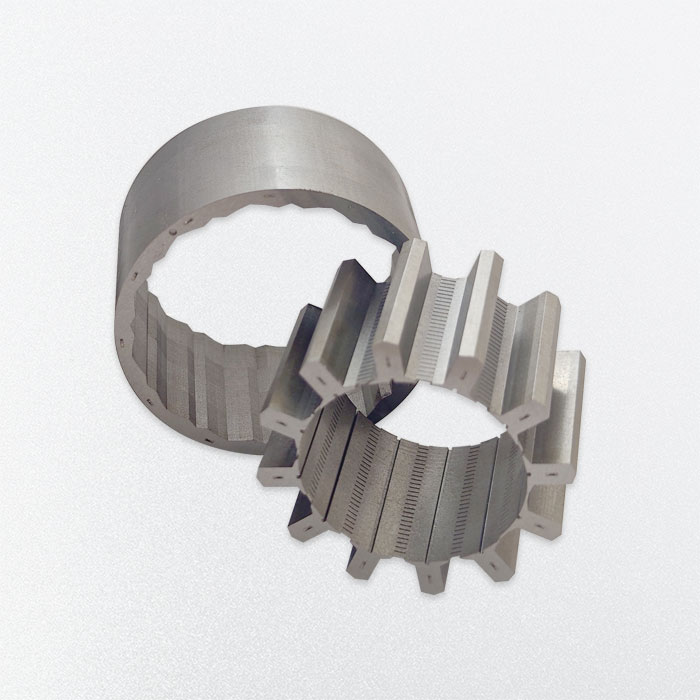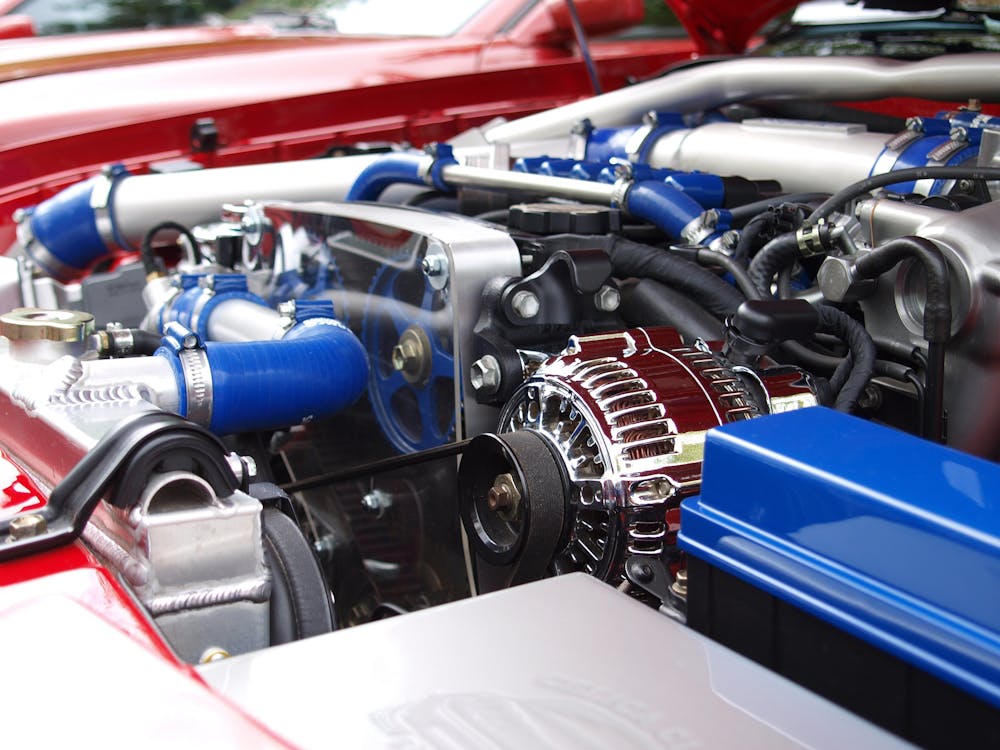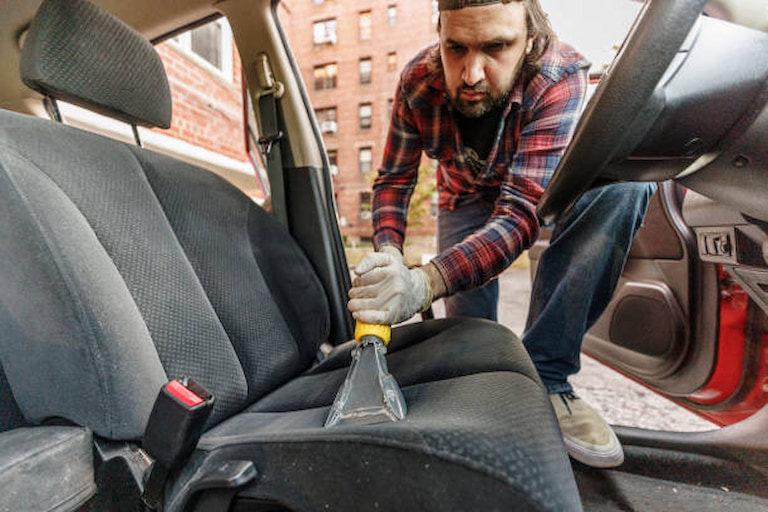Shopping for license plates in the United States can seem daunting due to varying state requirements, fees, and ordering processes. This guide will walk you through everything you need to know to purchase standard, specialty, or personalized plates quickly and confidently.
Table of Contents
Understanding the Types of License Plates
Every vehicle registered in the US must display a valid license plate issued by the state’s department of motor vehicles (DMV) or equivalent agency. There are three main categories:
- Standard Plates: Issued automatically upon vehicle registration or renewal. They display a combination of letters and numbers assigned sequentially by the state.
- Specialty Plates: Designed to support causes, organizations, or interests (e.g., wildlife conservation, universities). They typically carry an additional fee beyond standard registration.
- Personalized (Vanity) Plates: Allow you to choose a custom combination of letters, numbers, or symbols (within character limits). Availability varies by state and often involves an annual surcharge.
State-by-State Differences
As we read on https://www.shoplicenseplates.com/ we see that each state sets its own rules regarding license plates design, eligibility, fees, and renewal procedures. Key differences include:
- Ordering Process: Some states offer online ordering portals, while others require mail or in-person requests.
- Fees: Standard plate fees range from $20 to $50 annually; specialty plates can add $20–$100 extra. Personalized plates generally cost an additional $25–$70 per year.
- Character Limits: Vanity plate length varies from 5 to 8 characters. Restrictions on offensive language and copyrighted terms apply universally.
- Renewal Cycle: Most states renew plates annually or biennially. Renewal notifications are sent by mail or email depending on your preferences.
How to Order Standard Plates
- Register Your Vehicle: Visit your state DMV’s website and complete the registration form. Provide proof of ownership, proof of insurance, and identification.
- Pay Fees: Submit payment via credit card, electronic check, or money order. Some states charge convenience fees for online transactions.
- Receive Plates: Standard plates typically arrive by mail within 2–4 weeks. Temporary paper plates may be issued for immediate use.
Ordering Specialty Plates
- Browse Available Designs: Visit your state DMV’s plate gallery online.
- Verify Eligibility: Some plates require proof of affiliation (e.g., alumni status for university plates).
- Submit Application: Complete the specialty plate application, attach required documentation, and pay associated fees.
- Wait for Approval: Processing can take 4–8 weeks depending on demand and production schedules.
Getting Personalized Plates
- Check Availability: Use your DMV’s online tool to verify that your desired plate combination is available and complies with state character rules.
- Reserve Your Plate: Submit an application with your preferred text and pay the vanity plate fee.
- Receive Confirmation: Approval may be instant online or take several days if manual review is required.
Tips to Expedite the Process
- Use Online Portals: Most DMVs offer quicker processing for online requests than mail-in applications.
- Opt for Electronic Renewal: Enroll in email reminders to avoid late fees.
- Bundle Transactions: If purchasing specialty or personalized plates at registration, submit all paperwork together.
Costs Breakdown
| Plate Type | Typical Cost (Annual) |
| Standard | $20–$50 |
| Specialty | $40–$150 |
| Personalized | $45–$100 |
Conclusion
Shopping for license plates in the US requires understanding your state’s unique procedures, fees, and design options. By leveraging online tools and carefully reviewing requirements, you can efficiently obtain the plates you want with minimal hassle.











:max_bytes(150000):strip_icc()/GettyImages-522272311-5949bdc15f9b58d58a035319.jpg)
